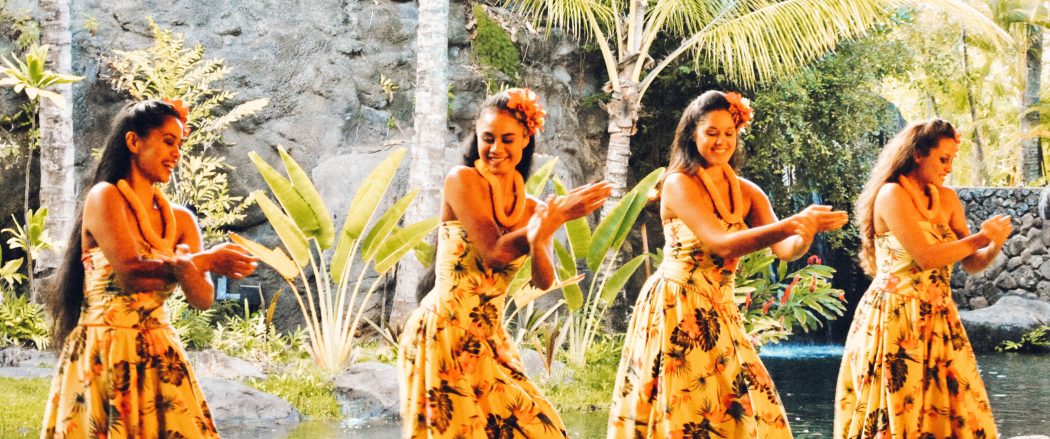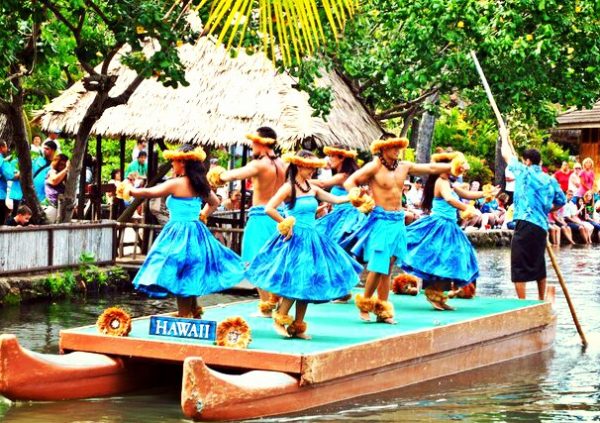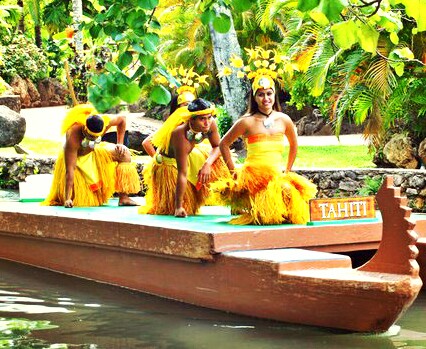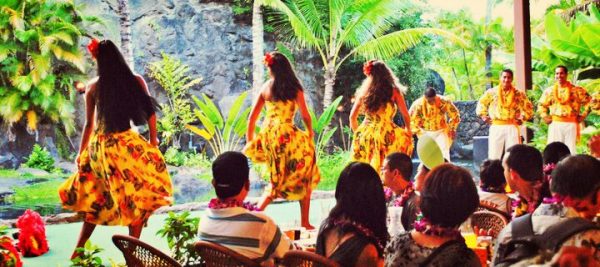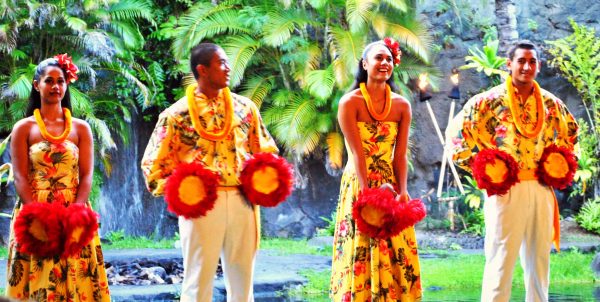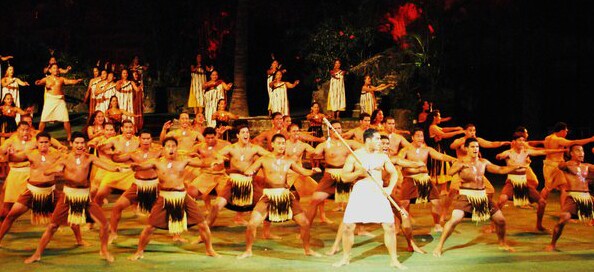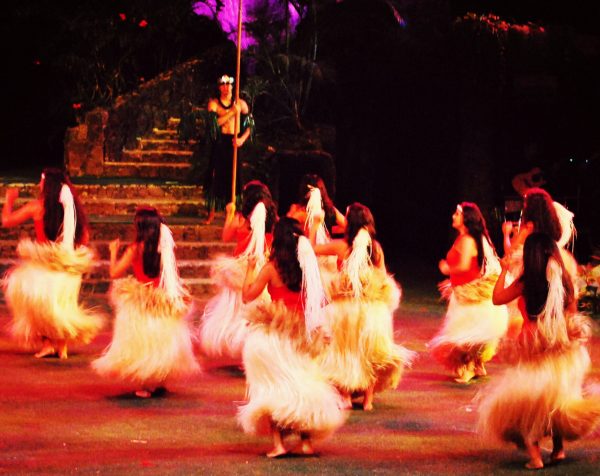The History Of The Luau
In accient times, the Polynesians, and especially Hawaiians gathered together to celebrate important occasions such as reaching a significant life milestone, victory at war, the launching of a new canoe or a great endeavor. Rooted from the ancient royal traditions of Hawaii, these celebrations were an integral part of island life.
Aha ‘aina, a Hawaiian word meaning “gathering for a feast” was the term used to refer to the Hawaiian tradition of getting families and communities together for a special evening. These uniquely Hawaiian celebrations were traditionally eaten without utensils. The floor was covered with Lauhala mats woven from the leaves of the pandanus or hala tree and a beautiful centerpiece of fern, exotic native flowers and ti leaves was laid the length of the mat.
In ancient Hawaii and during the monarchy era, men and women were absolutely not allowed to eat together. There were also certain foods that were off limits to commoners and women. In 1819, newly crowned King Kamehameha II abolished the traditional religious practices by sharing traditional dishes with both women and commoner. The symbolic act ended the Hawaiian religious tabus, and the luau was born.
One meal that stood out at these feasts was the combination of chicken and tender young taro leaves steamed in coconut milk. Considered a delicacy, the dish gave the feast its name.
Today, the Hawaiian tradition continues. Featuring exotic dance, music and entertainment with hula & fire dancers and a lavish Hawaiian buffet, Ali’i Luau at Polynesian Cultural Center is one the ultimate experiences in Oahu.
Exploring The Rich Heritage Of The Pacific Islands
With six authentically recreated villages representing Samoa, Hawaii, Tahiti, Fiji, Aotearoa (New Zealand) and Tonga, the Polynesian Cultural Center offers a magnificent journey throughout the Hawaiian and South Pacific Islands.
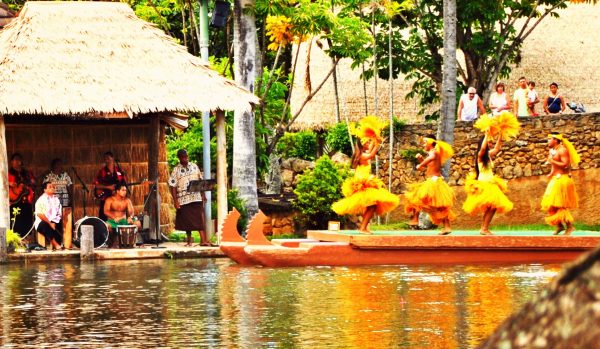
The art of climbing 40-foot coconut trees in bare feet at the Samoan village.
At the Hawaiian village, we had the opportunity to learn how taro or kalo is harvested, cooked, and turned into the staple food, poi. Derived from the fermented paste of the taro corm, the taro was a sacred food of great cultural significance. Poi made an impression on Captain Cook who described native Hawaiians as being exceptionally healthy people.
Beautiful Tahitian vahines dacing to the rhythm of the “to’ere”, “pahu” and the“ukulele” at the Tahitian Village.
Award Winning Ali’i Luau
After receiving a beautiful, fragrant, fresh flower lei and being serenaded by with sounds of the ukulele and melodic steel guitar, we experienced the traditional imu presentation and indulged in traditional delicacies.
Hā: Breath Of Life
STORY OF PASSION, IGNITED BY FIRE, SONG AND DANCE
Under a magical Hawaiian starry sky and swaying palms, with blazing fire and captivating music, we enjoyed the acclaimed evening show which tells the symbolic story of Mana and his beloved Lani.
Featuring over 100 Polynesian natives, live music and magnificent Polynesian-inspired costumes, the $3 million show is definitely the perfect ending after a wonderful day at the Polynesian Cultural Center.
55-370 Kamehameha Hwy
Laie, HI 96762,
Latest posts by Rakel (see all)
- Hotel Can Joan Capó- Adults Only, in Sineu (Mallorca) - July 12, 2023
- Northern Light Ranch, Kittila (Finland) - January 23, 2022
- A Quick Guide to Mallorca - November 16, 2021

